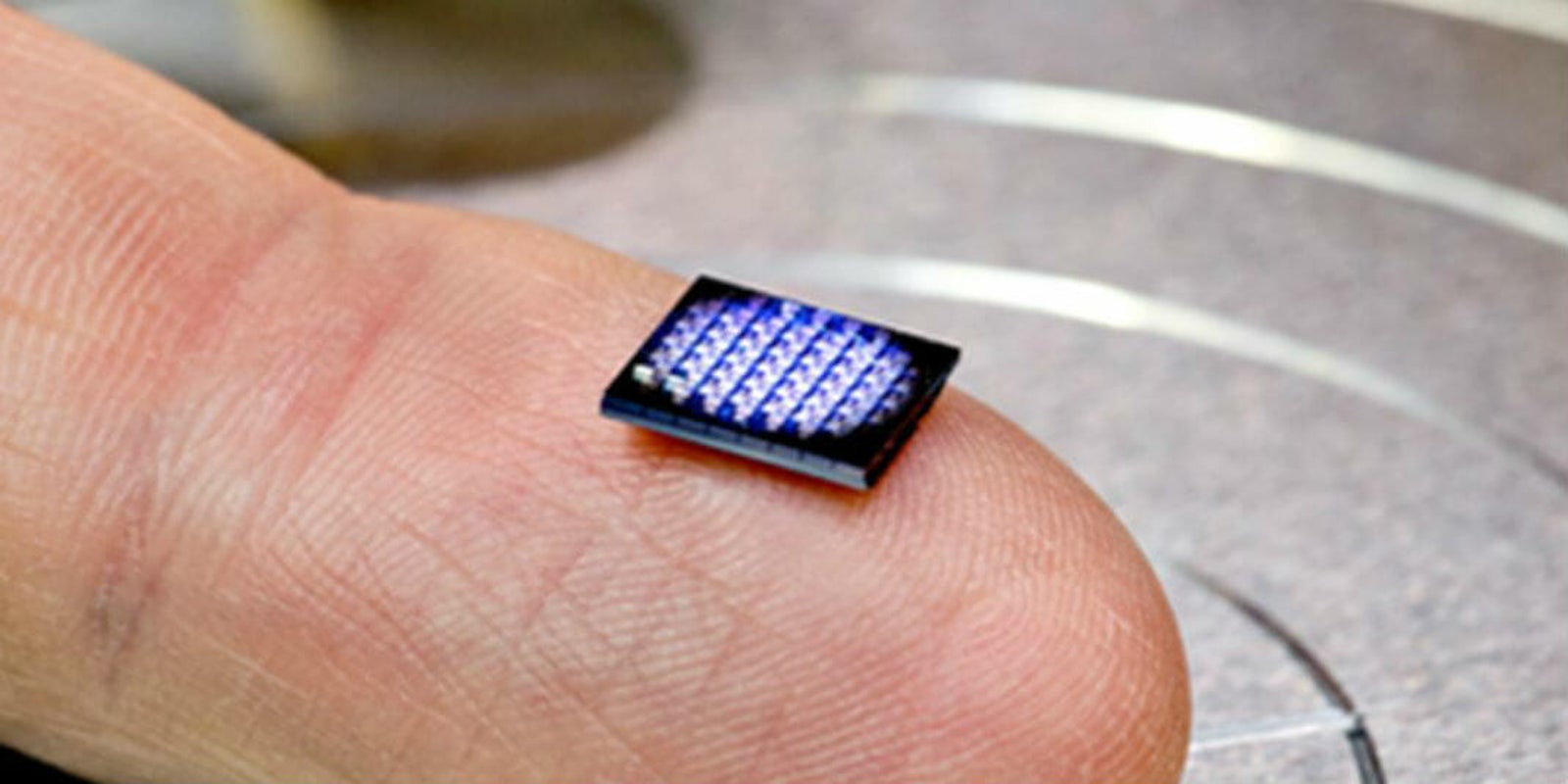IBM will unveil today what it claims to be the world’s smallest computer, a microscopic chip that’s supposedly the size of a grain of salt.
Packed with “several hundred thousand transistors,” the computer has the processing power of an x86 chip from 1990. That’s nowhere near enough power to run intensive applications like Microsoft Word, but it’s an impressive feat for such a tiny device.
The chip was designed to track the shipment of everyday products and devices to detect theft, fraud, or non-compliance. You can think of it as a miniature RFID tag. If counterfeit goods are introduced to a group of products in the supply chain, these microcomputers can be used to authenticate each device. It uses blockchain, the underlying technology behind cryptocurrencies like Bitcoin and Etherium, to ensure people don’t purchase counterfeit goods.
IBM says the computer can take on many forms and be used to authenticate a variety of goods. For example, it can be printed as edible ink onto pills to prevent people from taking counterfeit medicine. In some countries, fake pills account for nearly 70 percent of life-saving pharmaceuticals. The chip can also be embedded onto smartphones or in wine.
“These technologies pave the way for new solutions that tackle food safety, authenticity of manufactured components, genetically modified products, identification of counterfeit objects and provenance of luxury goods,” Arvind Krishna, head of IBM research, said in a blog post.
The 1mm ‘cryptographic anchors” house almost everything you’d expect to find in a conventional computer chip, including a processor, memory, power cell, and communications unit. Despite its size, the IBM computer has the ability to run AI-based processes, like data sorting.
IBM is still testing the computer and has not settled on a release date. However, the company believes the first models could be made available to clients in the next 18 month, and within five years, advances in microfluidics, packaging, cryptography, and non-volatile memory could bring these systems to the marketplace. Once production starts, the cost-effective processing units could flourish. The computers are “small enough and cheap enough to be put anywhere—and everywhere,” IBM claims.
H/T Mashable

